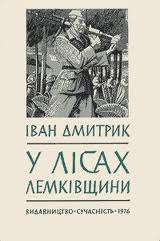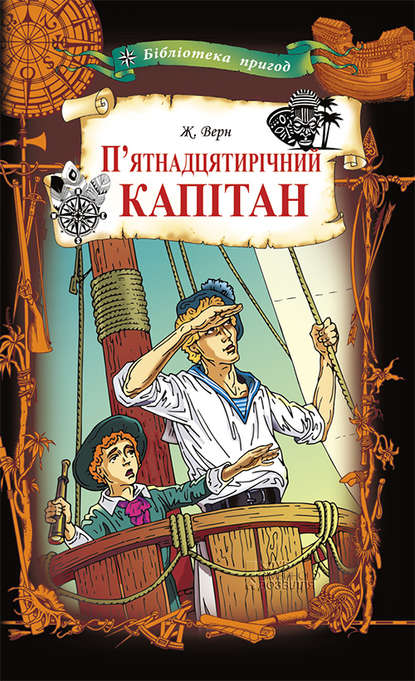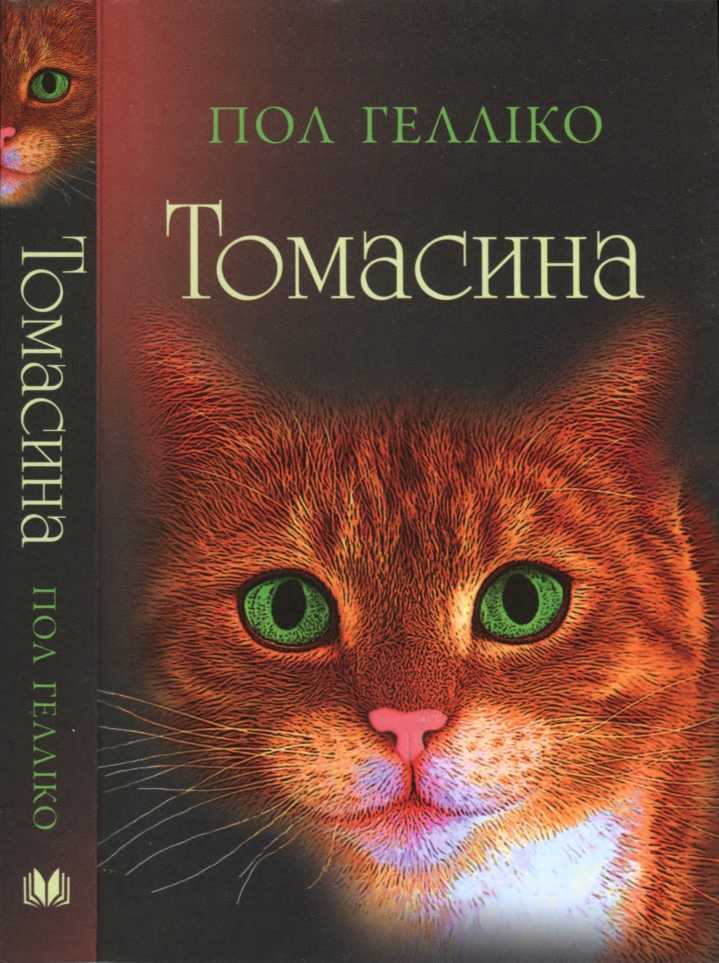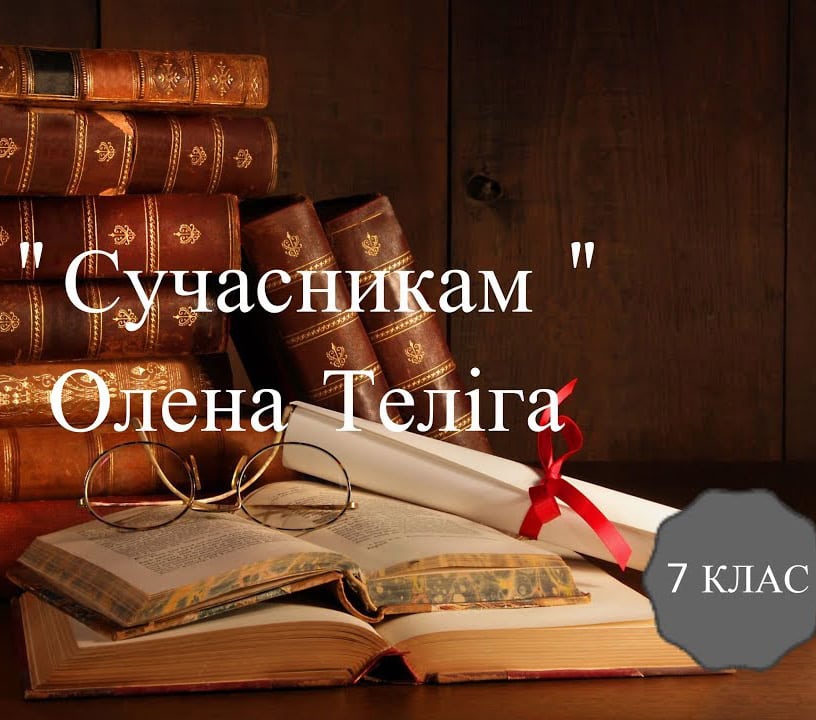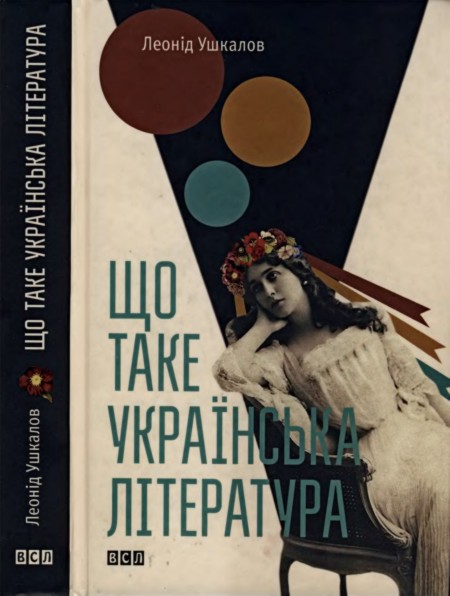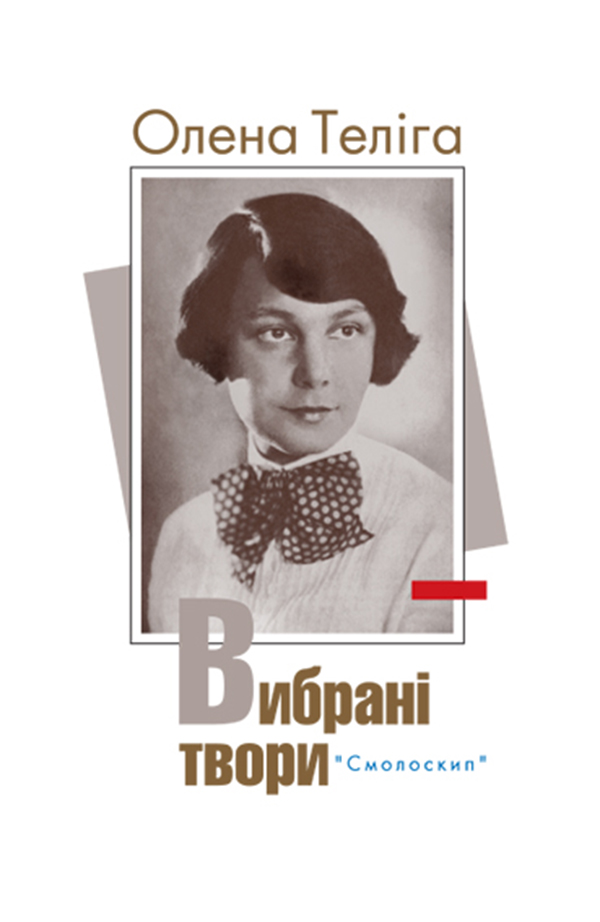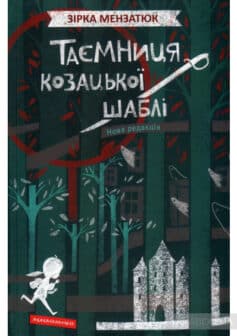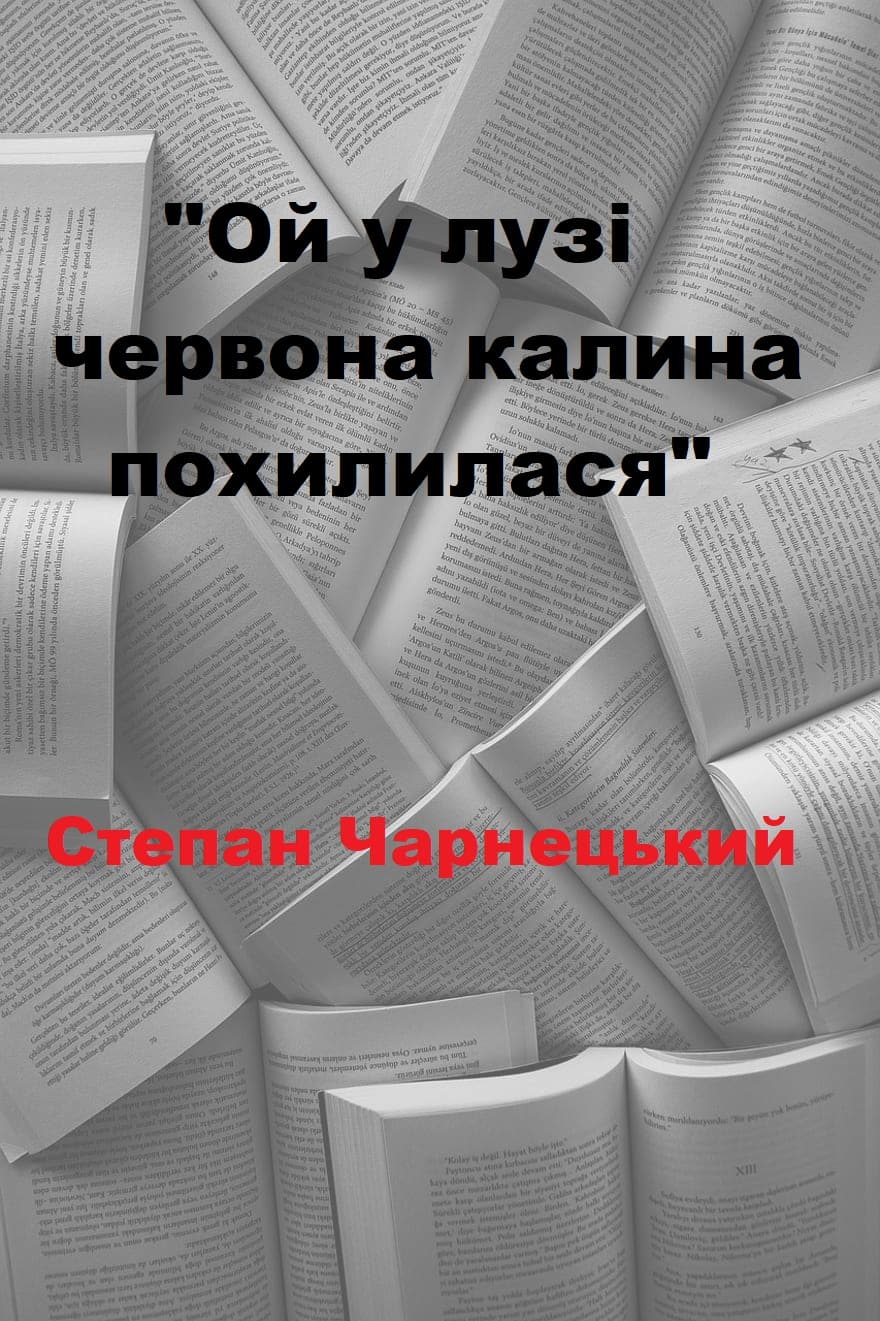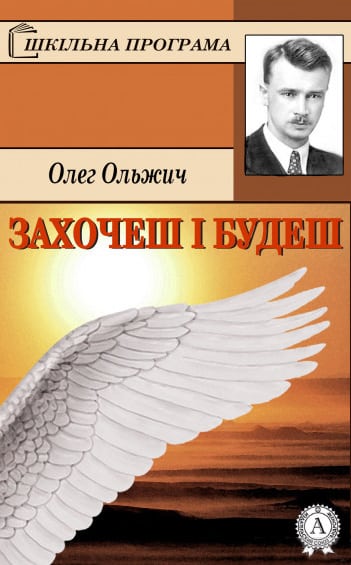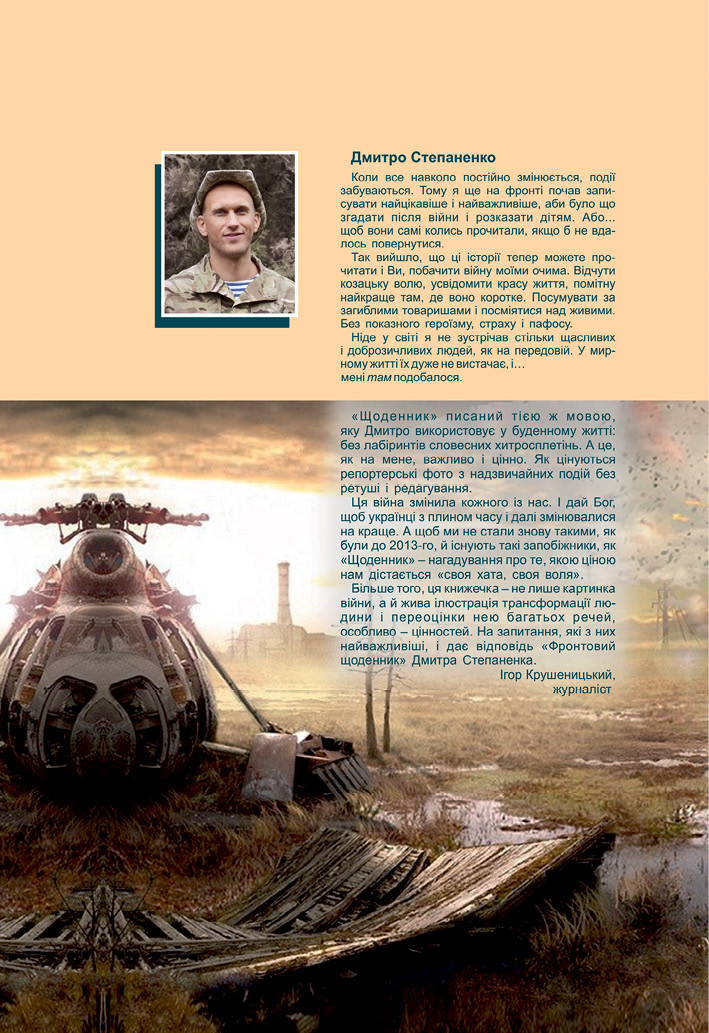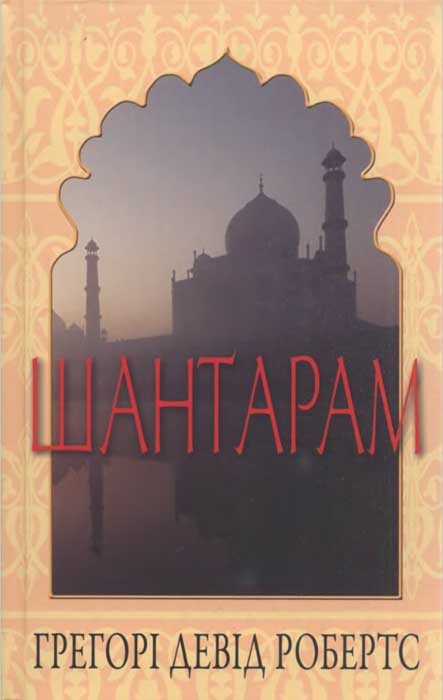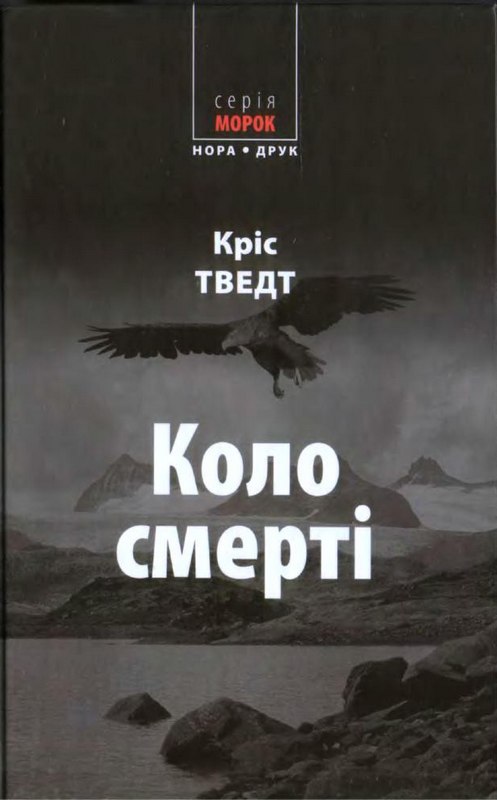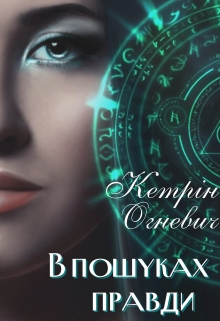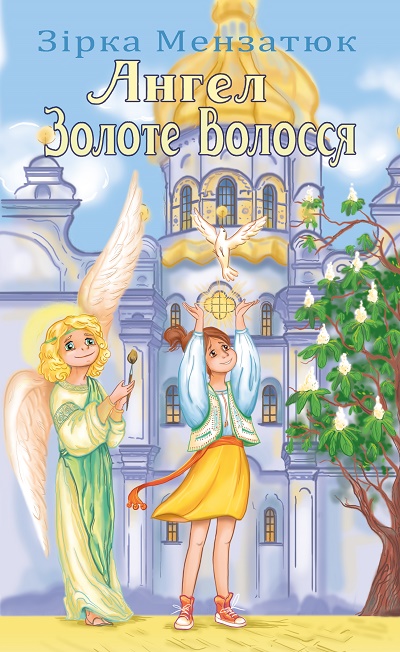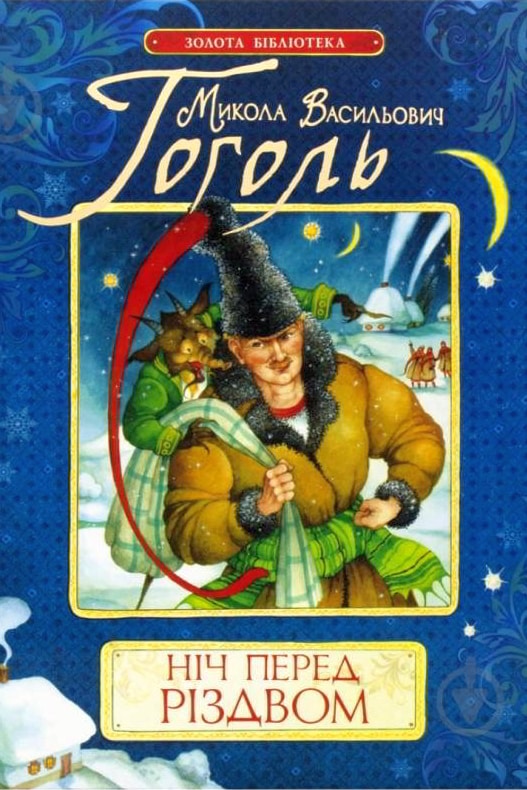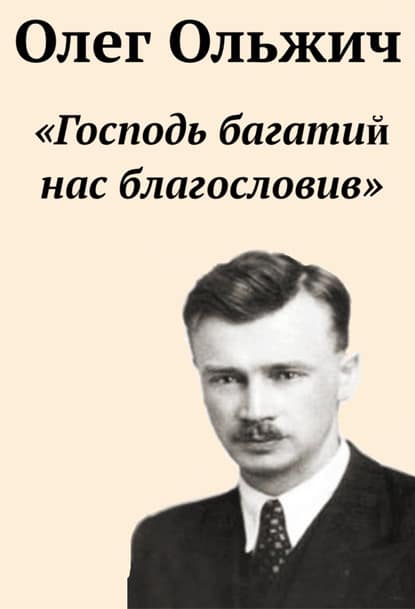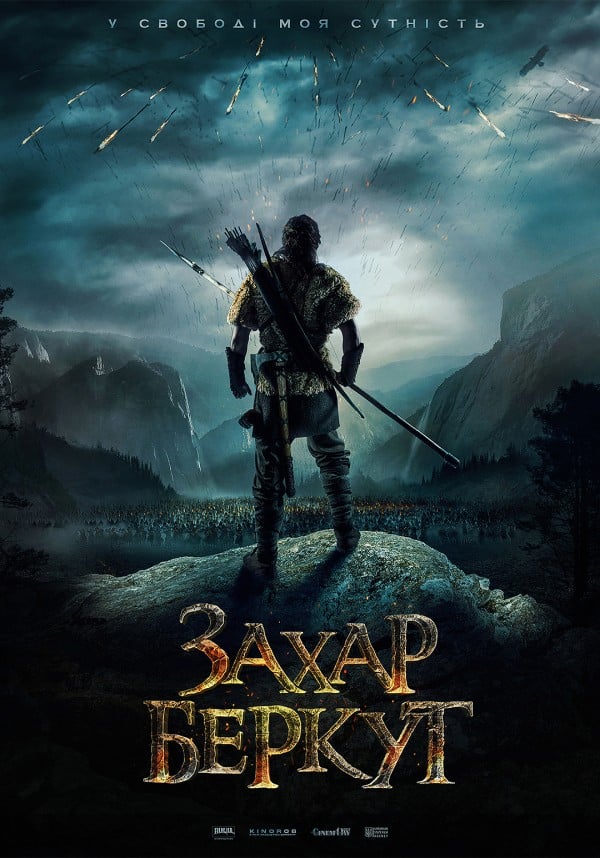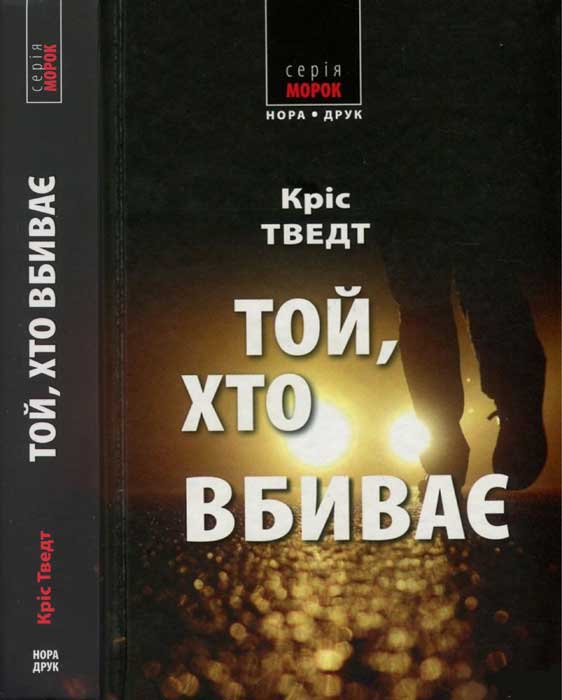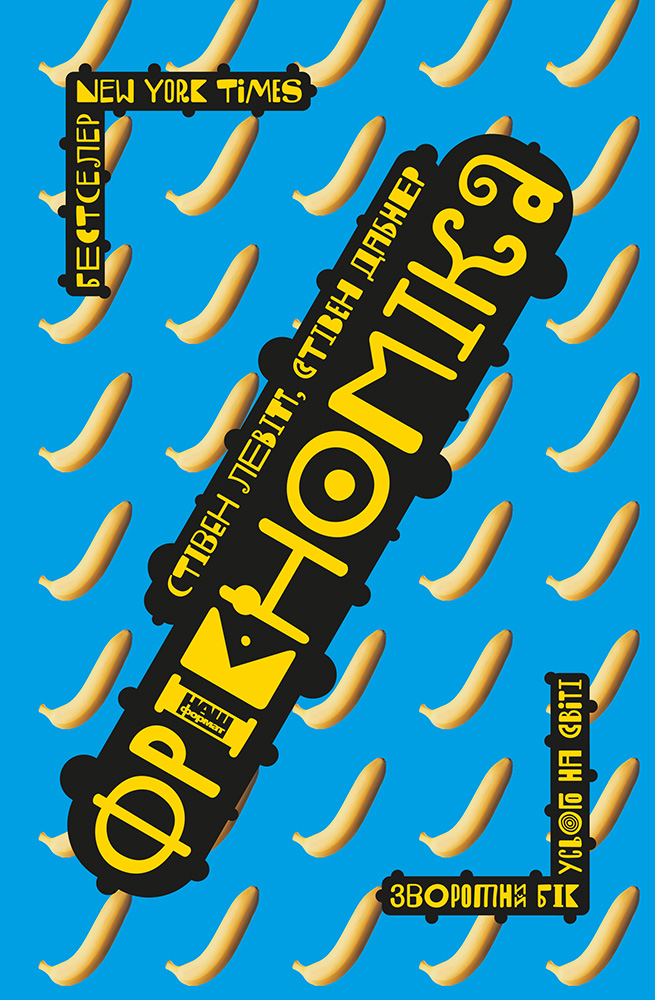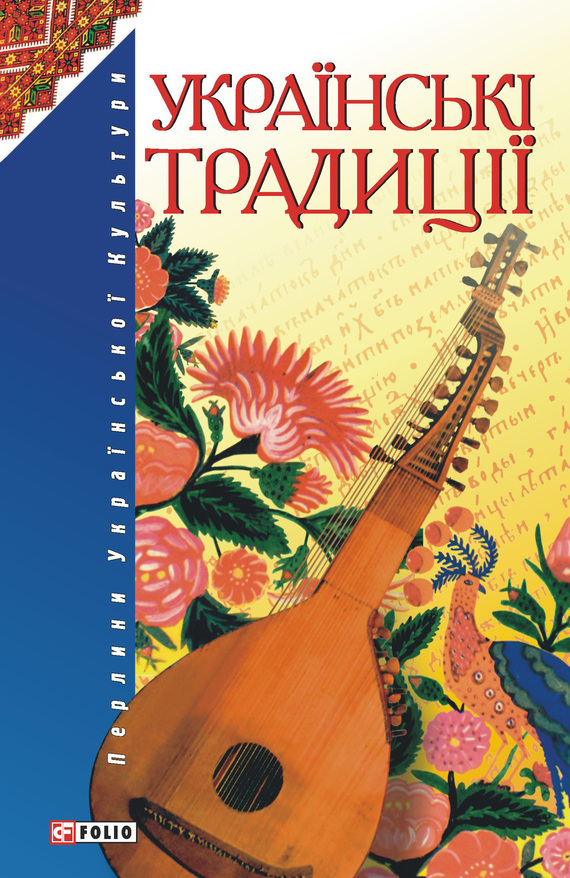Читати книгу - "Genghis Khan and the Making of the Modern World"
Шрифт:
Інтервал:
Добавити в закладку:
The Mongols loved competitions of all sorts, and they organized debates among rival religions the same way they organized wrestling matches. It began on a specific date with a panel of judges to oversee it. In this case Mongke Khan ordered them to debate before three judges: a Christian, a Muslim, and a Buddhist. A large audience assembled to watch the affair, which began with great seriousness and formality. An official lay down the strict rules by which Mongke wanted the debate to proceed: on pain of death “no one shall dare to speak words of contention.”
Rubruck and the other Christians joined together in one team with the Muslims in an effort to refute the Buddhist doctrines. As these men gathered together in all their robes and regalia in the tents on the dusty plains of Mongolia, they were doing something that no other set of scholars or theologians had ever done in history. It is doubtful that representatives of so many types of Christianity had come to a single meeting, and certainly they had not debated, as equals, with representatives of the various Muslim and Buddhist faiths. The religious scholars had to compete on the basis of their beliefs and ideas, using no weapons or the authority of any ruler or army behind them. They could use only words and logic to test the ability of their ideas to persuade.
In the initial round, Rubruck faced a Buddhist from North China who began by asking how the world was made and what happened to the soul after death. Rubruck countered that the Buddhist monk was asking the wrong questions; the first issue should be about God from whom all things flow. The umpires awarded the first points to Rubruck.
Their debate ranged back and forth over the topics of evil versus good, God’s nature, what happens to the souls of animals, the existence of reincarnation, and whether God had created evil. As they debated, the clerics formed shifting coalitions among the various religions according to the topic. Between each round of wrestling, Mongol athletes would drink fermented mare’s milk; in keeping with that tradition, after each round of the debate, the learned men paused to drink deeply in preparation for the next match.
No side seemed to convince the other of anything. Finally, as the effects of the alcohol became stronger, the Christians gave up trying to persuade anyone with logical arguments, and resorted to singing. The Muslims, who did not sing, responded by loudly reciting the Koran in an effort to drown out the Christians, and the Buddhists retreated into silent meditation. At the end of the debate, unable to convert or kill one another, they concluded the way most Mongol celebrations concluded, with everyone simply too drunk to continue.
While the clerics debated at Karakorum, their religious brethren were hacking at each other and burning one another alive in other parts of the world outside the Mongol Empire. At almost the same time of Rubruck’s debate in Mongolia, his sponsor, King Louis IX, was busy rounding up all Talmudic texts and other books of the Jews. The devout king had the Hebrew manuscripts heaped into great piles and set afire. During Rubruck’s absence from France, his fellow countrymen burned some twelve thousand handwritten and illuminated Jewish books. For these and other great services to the furtherance of the Gospel of Jesus Christ, his church canonized him as Saint Louis, thereby making him a figure of veneration that good Christians could emulate and to whom they could pray as an intermediary between humans and God.
During the same time in both the Muslim and Christian kingdoms, the rulers made religious intolerance an official policy of the state. Frustrated in the attempts to conquer the Holy Land or to expand into eastern Europe, the Catholic Church moved into a phase of growing intolerance for religious variation at home. In 1255 the church sanctioned the torturing of people suspected of heretical beliefs, and priests, mostly Dominicans, began traveling from city to city to find and torture suspects. Until this time civil authorities used torture to interrogate suspected criminals, traitors, and war prisoners, but priests did not inflict torture for religious purposes.
A few days after the debate at Karakorum, Mongke Khan summoned Rubruck to discharge him and send him back to his home country. He took this occasion to explain to the priest, and through him to the rulers of Europe, that he himself belonged to no single religion, and he lectured Rubruck on Mongol beliefs about tolerance and goodness: “We Mongols believe in one God, by Whom we live and Whom we die and toward Him we have an upright heart.” He then explained, “Just as God gave different fingers to the hand so has He given different ways to men. To you God has given the Scriptures and you Christians do not observe them.” He cited as evidence that the Christians eagerly placed money ahead of justice. He then explained that instead of the Scriptures, God had given the Mongols holy men, their shamans. In daily life, “we do what they tell us, and live in peace” with one another.
Mongke Khan then sent a letter to the French king Louis IX. It had a simple message: In heaven there is but one Eternal God, and on earth there is but one lord Genghis Khan, the Son of God, and his descendants who ruled the Mongol Empire. Aside from this messianic rhetoric, added after Genghis Khan’s death, the main message remained the same as articulated by the founder of the Mongol Empire in his latter years. Once all people submit to the tolerant rule of the Mongols, then “by the power of the eternal God the whole
!Увага!
Сайт зберігає кукі вашого браузера. Ви зможете в будь-який момент зробити закладку та продовжити читання книги «Genghis Khan and the Making of the Modern World», після закриття браузера.
